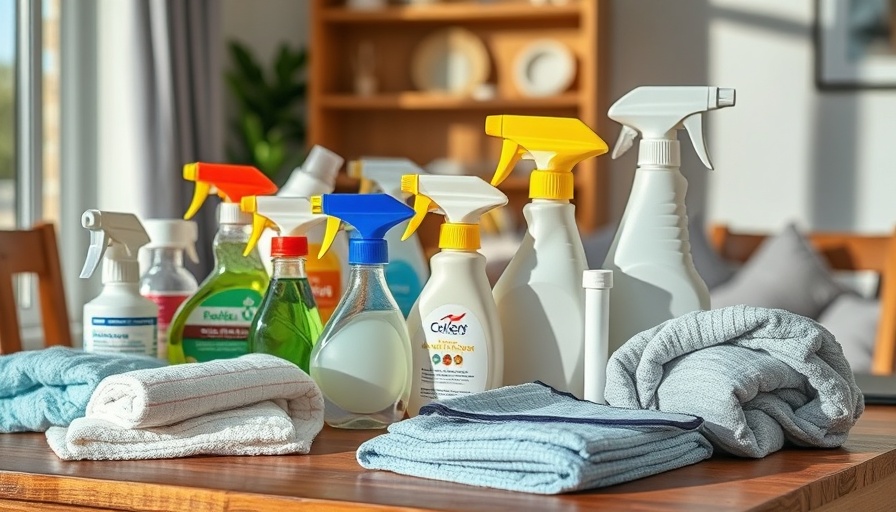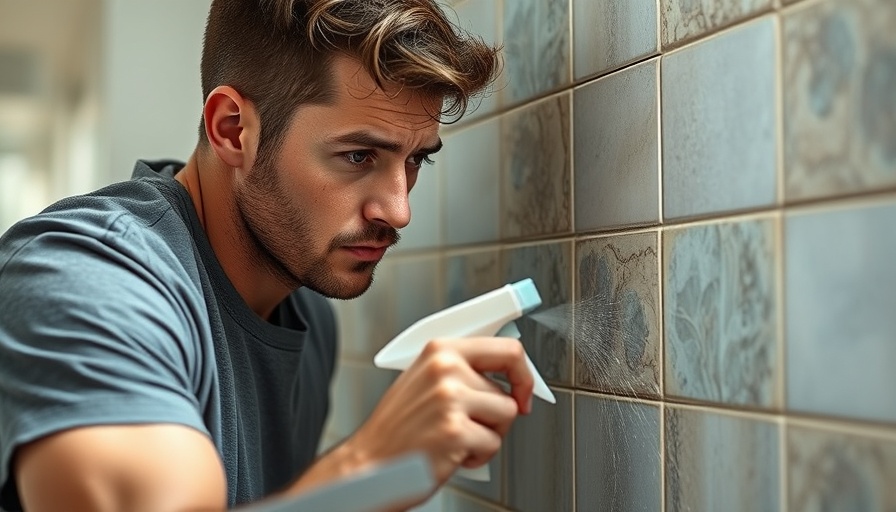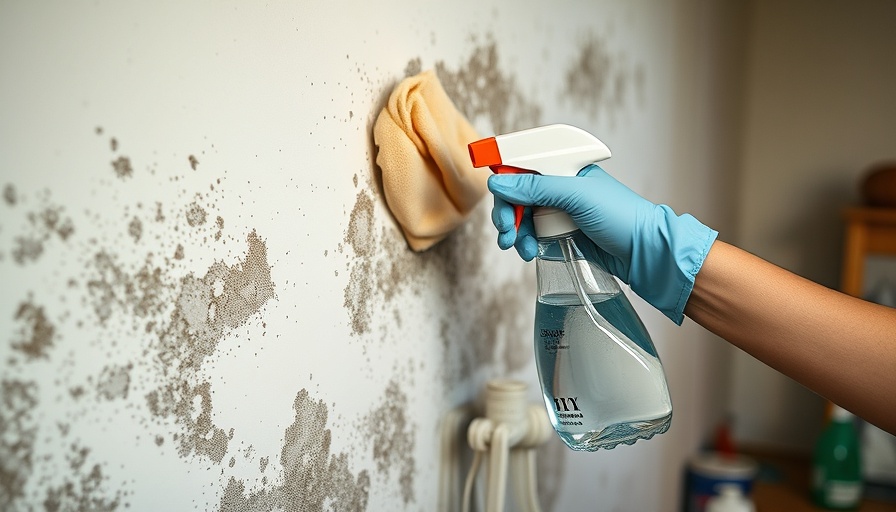
Understanding Mold: An Essential Knowledge for Homeowners
Mold can be a frustrating and hazardous issue for homeowners in Portland. As a type of fungus that thrives in damp environments, understanding how to effectively tackle mold problems is crucial for maintaining a healthy living space. Given Portland’s rainy climate, mold growth can become an increasingly common challenge that every homeowner must be prepared to manage. Awareness of the potential health risks associated with mold exposure—including respiratory issues and allergic reactions—highlights the importance of addressing mold problems promptly.
The Risks and Signs of Mold
Identifying mold early is key to preventing both health issues and structural damage to your property. The most common indoor molds include Aspergillus, Cladosporium, and the notorious Stachybotrys, commonly known as black mold. These fungi can thrive on surfaces with high moisture, leading to symptoms like sneezing, coughing, and even serious respiratory problems over time.
Homeowners should remain vigilant for signs of mold growth, which may manifest as discoloration on walls or ceilings, musty odors, and moisture in typically humid areas, such as bathrooms and kitchens. Engaging in routine inspections will allow you to address potential mold problems before they escalate.
Assembling Your Mold Removal Toolkit
To effectively combat mold, you’ll need a comprehensive DIY toolkit. Essential items include:
- Personal Protective Equipment (PPE): Gloves, goggles, and an N95 respirator to protect against mold spores.
- Cleaning Agents: Eco-friendly solutions like vinegar or baking soda for killing mold without harming the environment.
- Containment Materials: Plastic sheeting and duct tape to seal off affected areas, preventing the spread of spores.
- Specialized Tools: A HEPA vacuum to ensure thorough cleanup of mold spores.
- Scrubbing Tools: Sponges or scrub brushes to effectively apply cleaning solutions and tackle affected areas.
Step-by-Step Guide to Mold Removal
Now that you have your toolkit ready, it’s time to understand the DIY mold removal process. Here’s a straightforward approach to tackling smaller mold infestations:
- Ventilation First: Ensure the area is well-ventilated by opening windows and using exhaust fans.
- Assessment: Scrutinize the affected area to determine if DIY removal is feasible. For smaller patches, proceeding independently is typically safe.
- Containment: Use plastic sheets and duct tape to cover doorways and vents, stopping spores from escaping during the cleaning process.
- Scrubbing Away Mold: Use your chosen cleaning agent on a sponge or cloth, applying it to the affected areas scrupulously.
- Disposal: Seal or throw away contaminated materials, including rags, in double bags to prevent spores from contaminating other areas.
- Drying the Area: Ensure that the cleaned area is thoroughly dried using fans or dehumidifiers to prevent mold's return.
Safety Precautions
Safety cannot be overstressed in the mold removal process. Always wear appropriate clothing that you can wash afterward. Using a respirator approved by the National Institute for Occupational Safety and Health (NIOSH) will help shield you from inhaling mold spores. Additionally, sealing off the working area and engaging a window fan to draw air outside will mitigate the risk of spore dispersal.
Maintaining a Mold-Free Home: Aftercare Tips
After addressing mold issues, creating an environment less conducive to mold growth is essential. Regularly run a dehumidifier to lower moisture levels, fix plumbing leaks promptly, and maintain proper air circulation. These proactive steps will help significantly reduce the risk of recurring mold problems.
Conclusion: Stay Ahead of Mold
In Portland, where the damp climate encourages mold growth, awareness and preparation are key to eliminating and preventing mold infestations. Armed with this toolkit and understanding, homeowners can confront mold decisively, ensuring a safe, healthy living space. For more expert DIY tips and products tailored for mold removal, don't hesitate to reach out!
 Add Row
Add Row  Add
Add 




 Add Row
Add Row  Add
Add 

Write A Comment